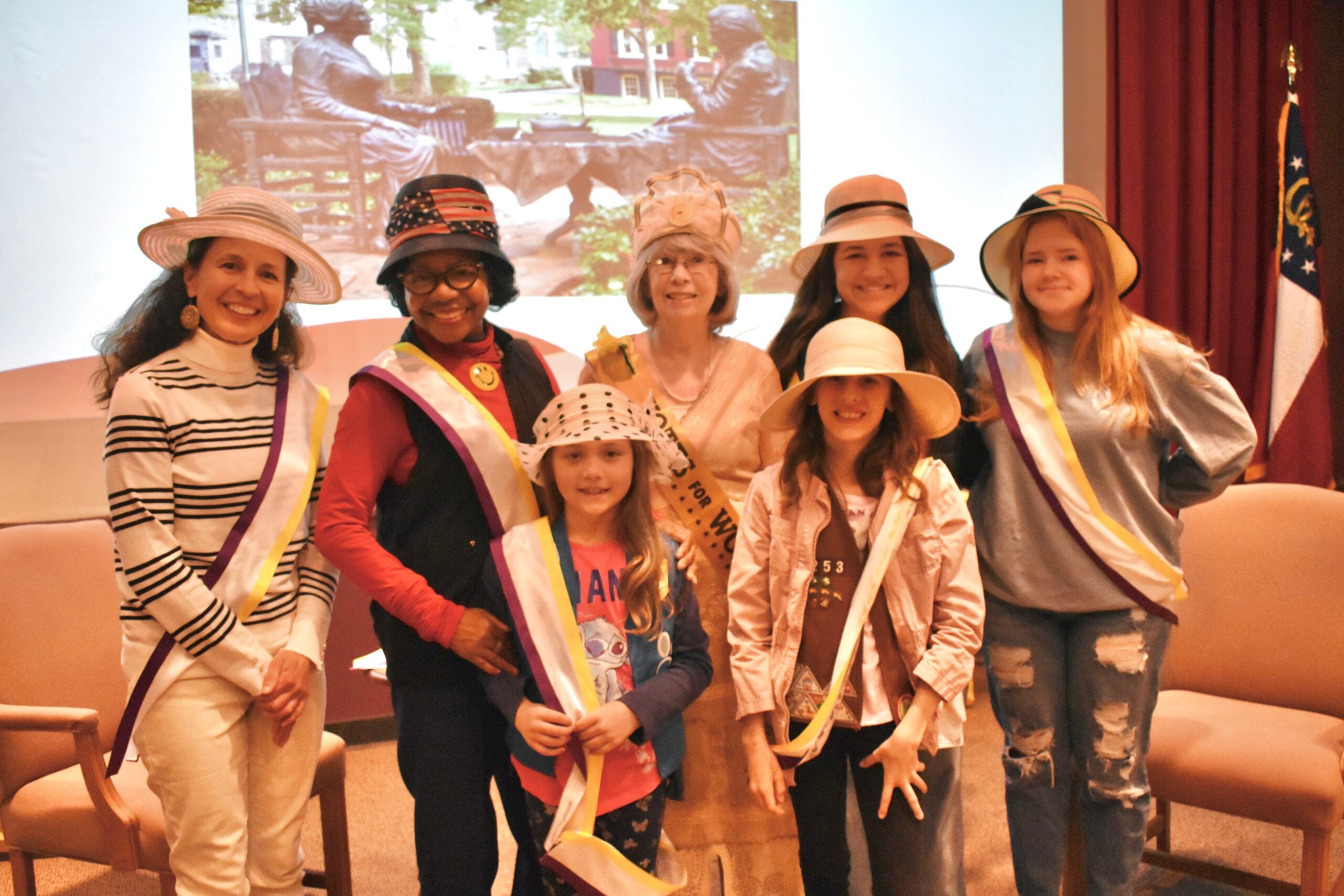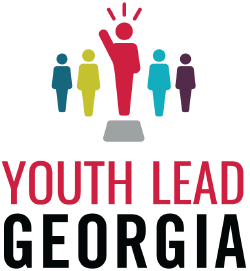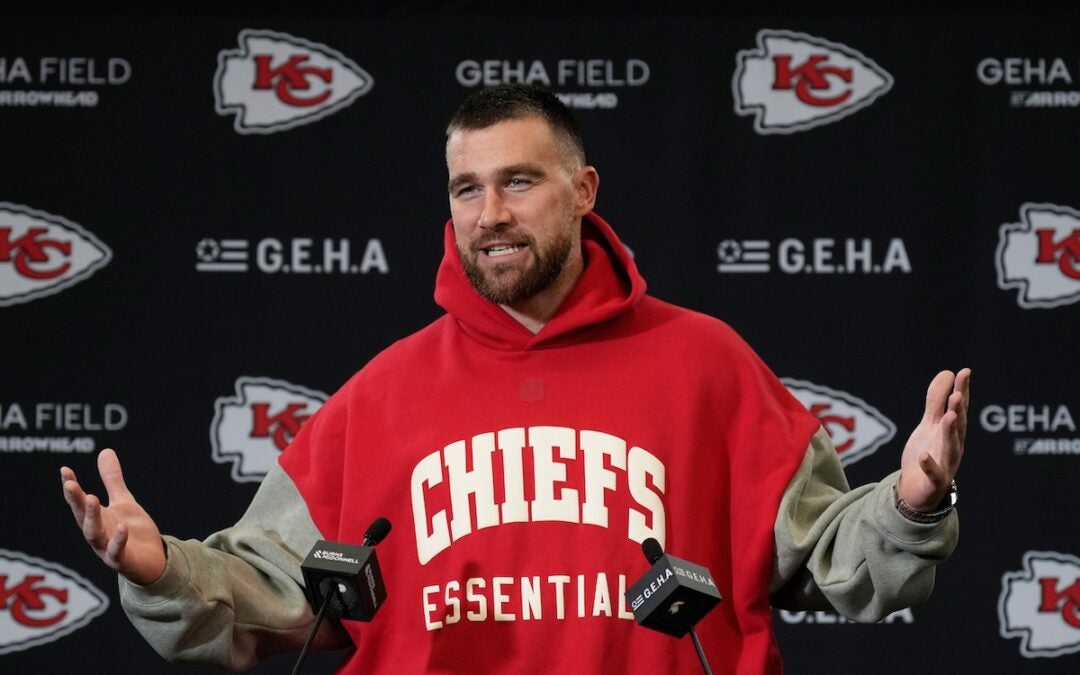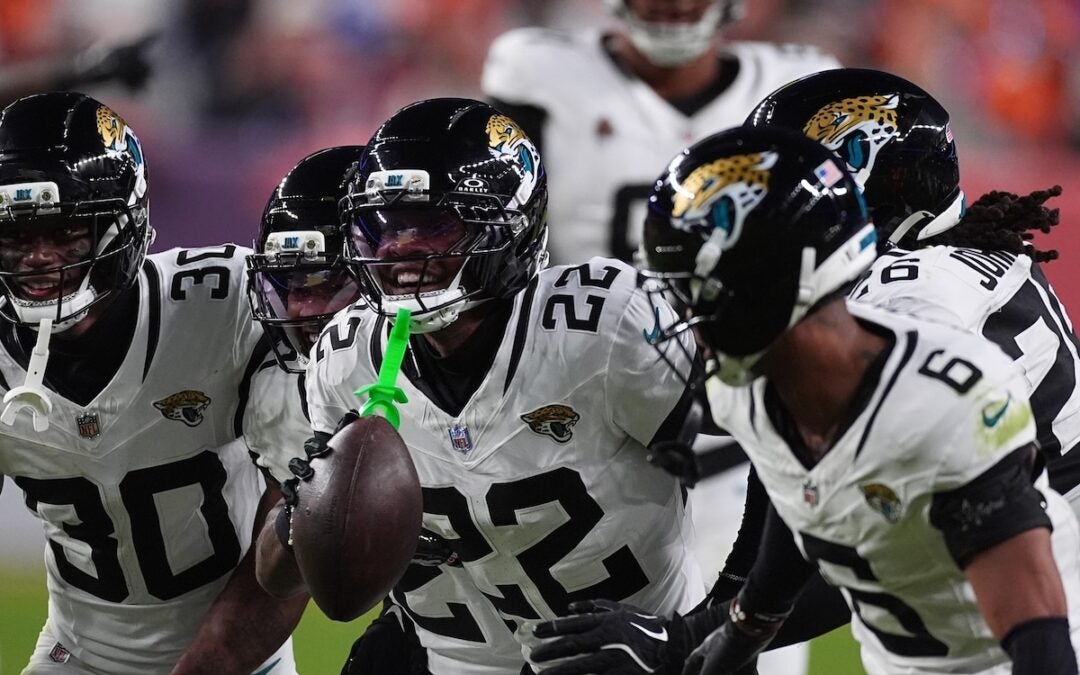For March’s Family Fun Day, the Augusta Museum of History was host to many women and young girls for a variety of games, crafts and a special presentation to honor Women’s History Month.
On Sunday, March 19, Karin Sisk portrayed an Aiken, S.C. suffragist and trail-blazing entrepreneur named Eulalie Salley. In the museum theater, Sisk shared a historical account of the women’s suffrage through the eyes of Salley.
“I traveled all over South Carolina, and they told us to raise a ruckus,” said Sisk as Salley. “Yes, we did every single thing we could to try and raise people’s attention about women’s right to vote.”
From dropping leaflets over the city of Aiken in a plane to taking boxing lessons and fighting as a “Gold Dust Twin,” Salley’s story showcased some of the bold moves many figures took to gain support for the women’s movement.
“We had to attract attention, but I also traveled a lot and I met people,” said Sisk in the voice of Salley. “And I persevered in every single thing that I did.”
In a tale of perseverance, rebellion, intelligence and connection, Sisk told of how Salley and her friends helped pave the way to women’s rights, and highlighted the importance of women working together to fight for a cause.
Sisk said many figures of all ages and races came together in the long run to help propel women’s rights to where they are today – figures such as Susan B. Anthony, Alice Paul of the Silent Sentinels, Ida B. Wells, Lucy Stone, Mary Church Terrell and Frannie Lou Hamer.
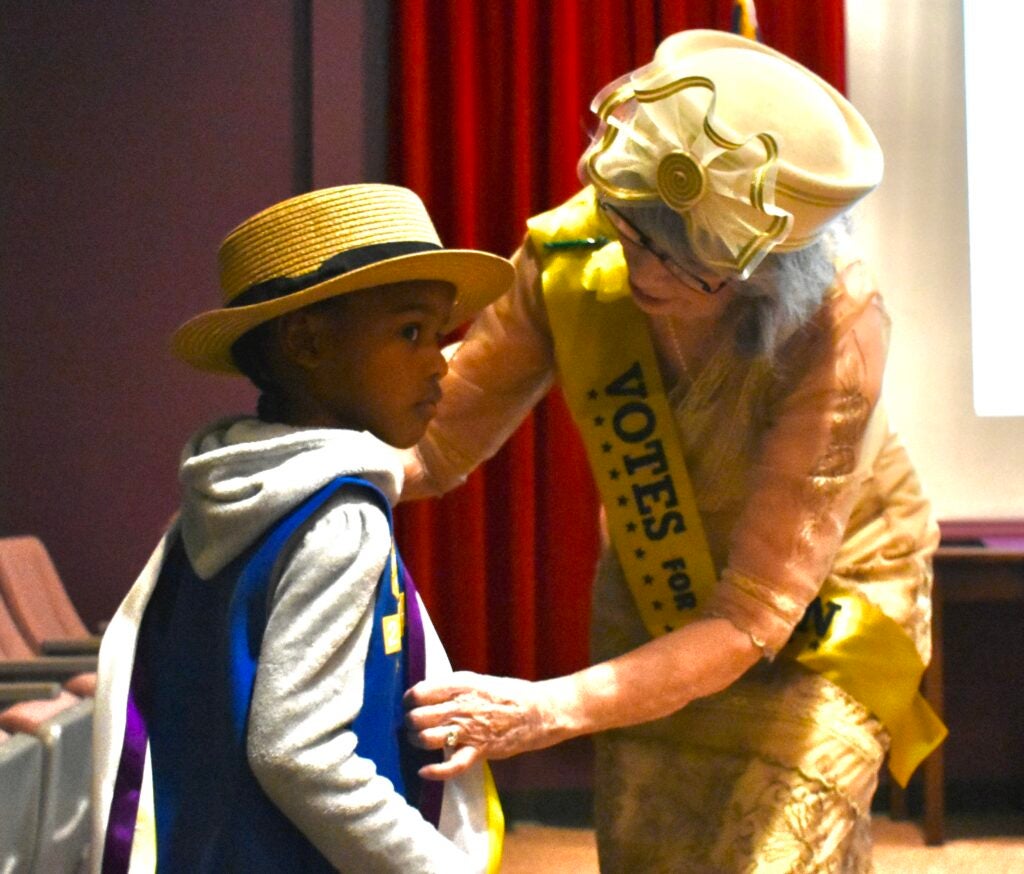
“It took all of these different approaches. It wasn’t just one; it took all of these approaches, and I think that’s important to think about,” said Sisk. “It’s been a long, long, hard struggle, and those kinds of things have been very difficult, and continue to be because of our suppression.”
Sisk then ended her presentation by telling audiences that they can help continue the women’s movement by discovering female artists, listening to female musicians and learning about women in history. She emphasized some more recent women activists and leaders that girls today can draw inspiration from – figures like Frida Kahlo, Virginia Woolf and Nina Simone.
“I think it’s important for young people to be able to look at other aspects, whether that’s art or music, as aspirational,” she said. “All of these women were activists in their own way.”
As an advocate herself and a former educator, Sisk said she hoped young women in the audience took away newfound knowledge in how women of the past shaped current times, and how the fight for women’s rights continues even today.
“I think it’s inspirational for them to see what people have fought for at the time, and I think that they need that because, after all, it’s raining down on [women] right now,” she said. “Many of the things we fought for, [women] are going to fight for again.”
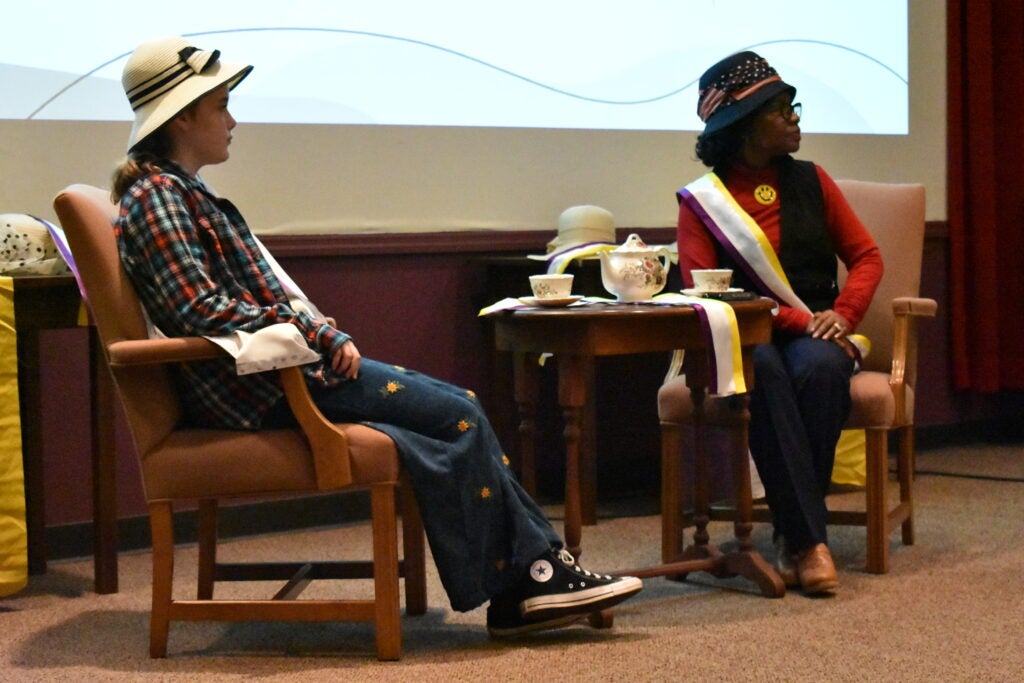
Referring to the overturning of Roe v. Wade, Sisk said there are several rights which women will have to continue rallying for like the figures she highlighted in her presentation.
“We just lost control of our bodies with the Roe decision, and we still haven’t gotten the equal rights amendment passed, so that continues. There are many things that our foremothers fought for that are still waiting out there to bring women into full equality with everybody else.”
Overall, Sisk said she hoped women took away from the event that all things are possible for women when they stand united for a cause.
“Even though sometimes it’s a long game that we play, you got to keep persevering,” she said.
Education and Social Media Manager Gayla Keesee said she thought honoring Women’s History Month by highlighting local legends and lesser or unknown accounts was important, because it paves the way to a more inclusive narrative of history for the future.
“One of the things we try to do here at the museum is tell those untold stories – those hidden stories,” said Keesee. “In many ways, what has been told, is from the victor’s point of view; so, we have marginalization of those that were not the majority, and that’s where the women’s stories started.”
With young girl scouts, high schoolers and college students in attendance, Keesee said she hoped they took away a sense of inspiration from former figures, and understood their individual significance in making history.
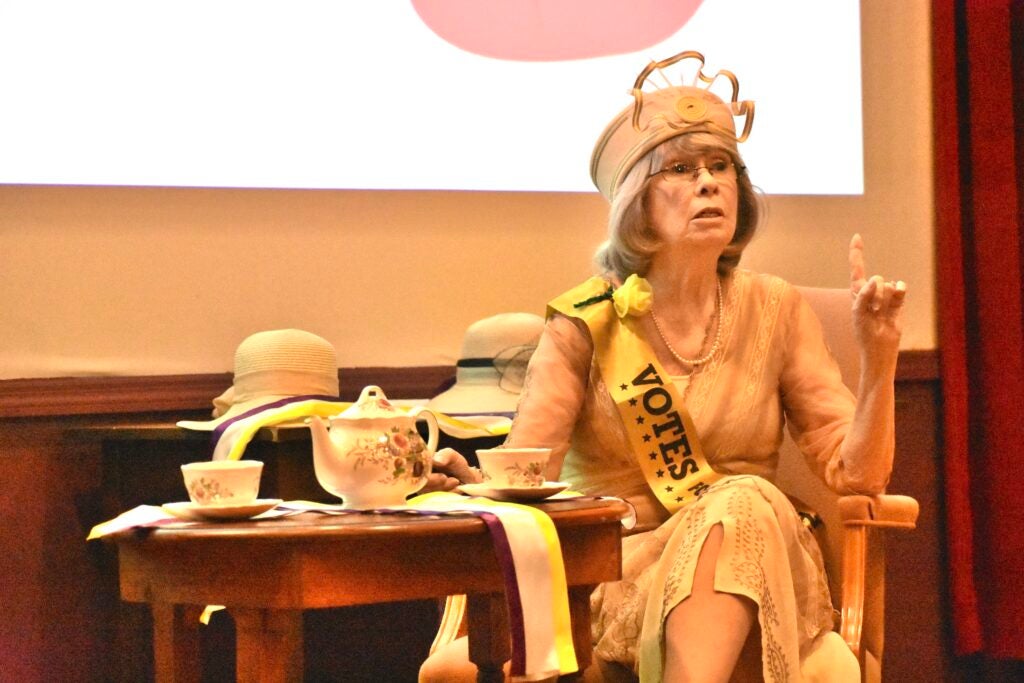
“I think it’s important for them to know that they have this possibility, and that we stand on the backs of all those who came ahead,” she said. “They can also do and be somebody important and make a difference as well.”
Keesee said history is also often only told from the perspectives of leaders and celebrities while the everyday stories are buried under the surface.
“Like [Sisk] talked about today, it took everyone. Those in the streets, those that marched and those that were in the parade that we never know their names, but it was that concerted effort to make change,” she said. “Knowledge that together we are America, and that all of those stories are important.”
Local high school junior volunteers with the Augusta Youth Board, Anna Darley and Emily Forshee, said they were excited about helping out the museum with the event, because it encouraged young women honoring those before them.
“It raises a lot of awareness for women’s history for elementary school kids,” said Darley. “We’ve had a couple of Girl Scouts come in, and it expands that program and this aspect of things.”
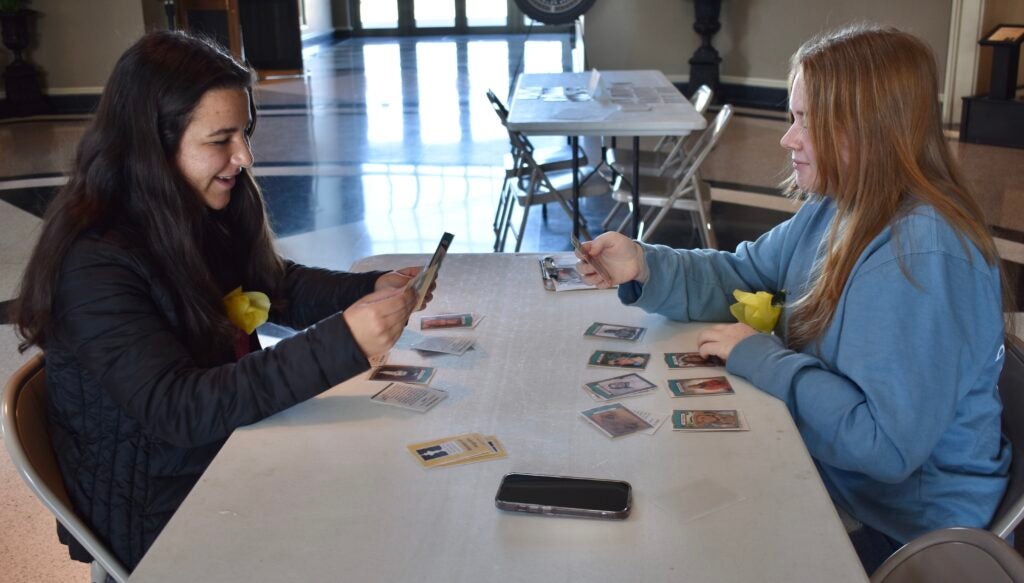
As Darley and Forshee manned the women’s history Go-Fish game for the day, they were also able to learn about unseen women and local legends.
“I think it’s really great, especially as a Family Fun Day, because even as a junior in high school I’m still learning things,” said Forshee. “Some of these women I’ve never even heard of, and I’m getting to learn about them through volunteering with this. That’s why I think it’s a really great opportunity for families to come in, so that children and their parents can learn about something as important as women’s history month.”
In the spirit of a more inclusive and diverse facility, Keesee said the museum soon would be installing a Native American section dedicated to focusing on their history, and debunking myths about local historical figures.
“It’s a chance for us to tell that complete story, because we have gaps and what we want to do is bring in those stories,” she said.
The museum is located in downtown Augusta at 560 Reynolds St., and is open Thursday through Sunday.
For more information about the museum and their current exhibits, visit: https://www.augustamuseum.org

